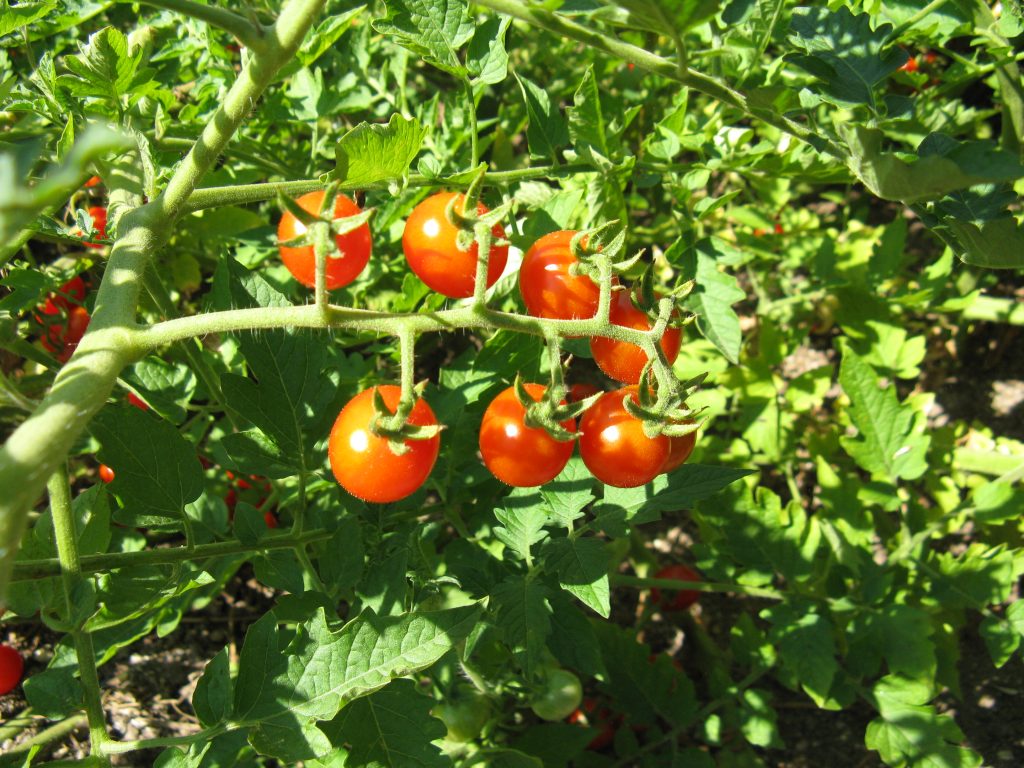As climate change intensifies and soil salinity rises in many agricultural regions, the search for crops that can thrive in these increasingly hostile environments has become urgent. While the tomatoes we enjoy on our plates often falter in salty soils, their wild counterparts have adapted to survive in some of the harshest conditions on Earth.
A groundbreaking study has recently tapped into the genetic reservoir of these wild tomatoes, revealing secrets of salt tolerance that could revolutionize crop resilience.
At the center of this research is Solanum pimpinellifolium, the closest wild relative of the cultivated tomato. Although these cherry-sized fruits may seem unassuming, they are a powerhouse of genetic diversity and stress resistance, making them a vital resource in the quest for salt-tolerant crops.

Digging Deep into Wild Tomato Genetics
The research team embarked on an ambitious project, exposing wild tomatoes to varying levels of salt stress. Using advanced high-throughput phenotyping techniques, they observed how these plants responded under both greenhouse and field conditions, revealing a wide array of responses to the salty environments.
“One of the study’s most fascinating discoveries was the critical role of a plant’s overall vigor—its ability to grow quickly and robustly—in determining its salt tolerance,” explained Magda Julkowska, assistant professor at the Boyce Thompson Institute and lead author of the study, which was recently published in The Plant Journal. “This suggests that breeding healthier, more vigorous plants could indirectly enhance their resilience to salt stress.”

The researchers identified key traits linked to salt tolerance, such as transpiration rate (the amount of water vapor a plant loses through its leaves), shoot mass (the weight of the plant’s above-ground parts), and ion accumulation (the build-up of sodium and potassium within plant tissues). While transpiration rate emerged as a crucial factor for plant performance in controlled greenhouse settings, shoot mass showed a strong correlation with yield in real-world field conditions.
“We were surprised to find that the amount of salt the plants accumulated in their leaves wasn’t as important to their overall performance as we previously thought,” Julkowska noted. “This challenges existing ideas about how plants cope with salt stress and opens up new avenues for research.”
A New Genetic Frontier for Agriculture
Among the most exciting outcomes of the study was the identification of candidate genes that had not been previously linked to salt stress tolerance. “These specific genotypes can serve as valuable allele donors, paving the way for breeding programs aimed at improving crop performance and promoting sustainable agriculture,” Julkowska added.
This research marks a significant step forward in understanding salt stress tolerance in wild tomato species, laying the foundation for further genetic exploration. The insights gained could inform breeding efforts not only for tomatoes but for other crops as well, potentially expanding growing regions and stabilizing yields in the face of a changing climate. Moreover, these advances could lead to the development of crops that require less water and fewer resources, making them more sustainable in the long run.
For Firsthand Information, Join the ScienceNaija channel on WhatsApp
The Future of Agriculture
While it may be some time before salt-loving tomatoes appear on grocery store shelves, this research represents an important stride toward creating a more resilient and sustainable food system. It’s a powerful reminder that the solutions to our most pressing agricultural challenges might lie in the untapped genetic potential of wild plants.
Related Article: The Science-Backed Secret to Improving Nigerian Farms



